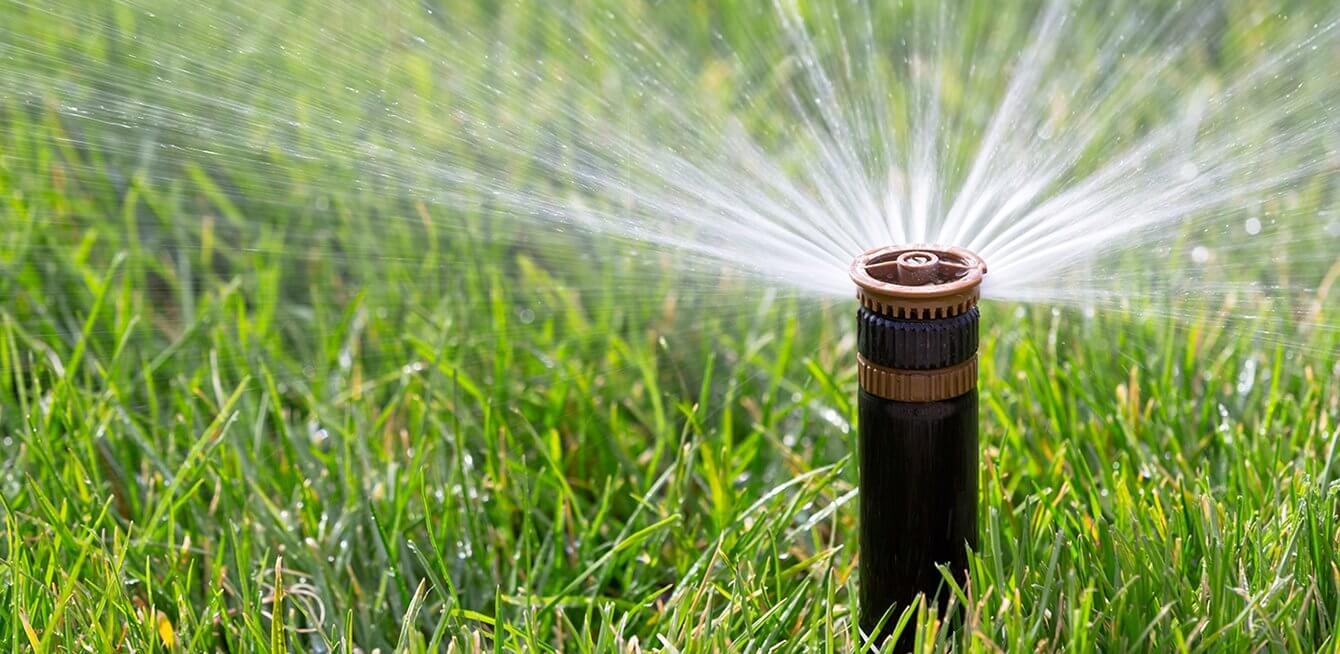Every lawn is different, but you should stick to some of our crucial tips to keep your lawn fresh and tip-top.

When Should You Water?
You might not realise but the best time to water your lawn is early in the morning. Avoid watering in the heat of the day. Watering your lawn during the hottest part of the day can be inefficient, as much of the water will evaporate before it has a chance to reach the roots of the grass. In addition, watering during the heat of the day can cause the grass to wilt and become stressed, which can make it more susceptible to disease.
Having wet grass at night promotes disease so this isn't a great time unless you're doing it early evening on a sunny evening. Cooling temperatures and breezes help keep evaporation to a minimum. If you water early in the morning, it also helps keep your lawn cooler during the day, especially during the warmer more humid parts of the day. Keeping your grass cool in warmer periods will only aid its overall health. Soil type, grass type, exposure to sun and wind are just a few of the factors that will determine how frequently you need to water
How Much Should I Water?
Our advice would be to get the best results you should water your lawn and soil down to about 6 inches, which is the average depth of a healthy root system. As we mentioned earlier, every lawn is different, so the best way to see how deep your root system grows is to get a screwdriver or similar item and once you have watered your lawn, push the screwdriver into the lawn. The blade should have no issues in penetrating the turf to a depth of around 6 inches. If you come up against some resistance, your lawn hasn’t been watered enough, and you need to give your lawn some extra watering time. It is better to water your lawn deeply but infrequently, rather than lightly and frequently. This allows the water to reach the root zone of the grass and encourage deep root growth, which makes the grass more drought-tolerant. Aim to water your lawn at least once a week, or as needed based on the weather and soil moisture levels.
Watering & Sprinkler Usage
Some homeowners will just use a hose pipe to water their lawns- if you do make sure it has a trigger gun attachment. Some homeowners will have a more enhanced sprinkler system. Sprinklers are a great way to water your lawn without the hassle of having to do it yourself. They are especially handy if you have a large area to water which can be time-consuming. How long do you leave your sprinkler on to get the right amount of coverage? Well, here’s a handy tip. Place an empty can or coffee mug in the sprinklers watering zone and turn on your sprinkler. Wait until your can or cup has it the 6-inch level and you will know how long to leave it running.




Leave a comment
This site is protected by hCaptcha and the hCaptcha Privacy Policy and Terms of Service apply.